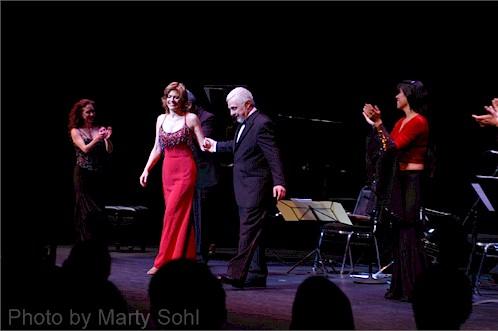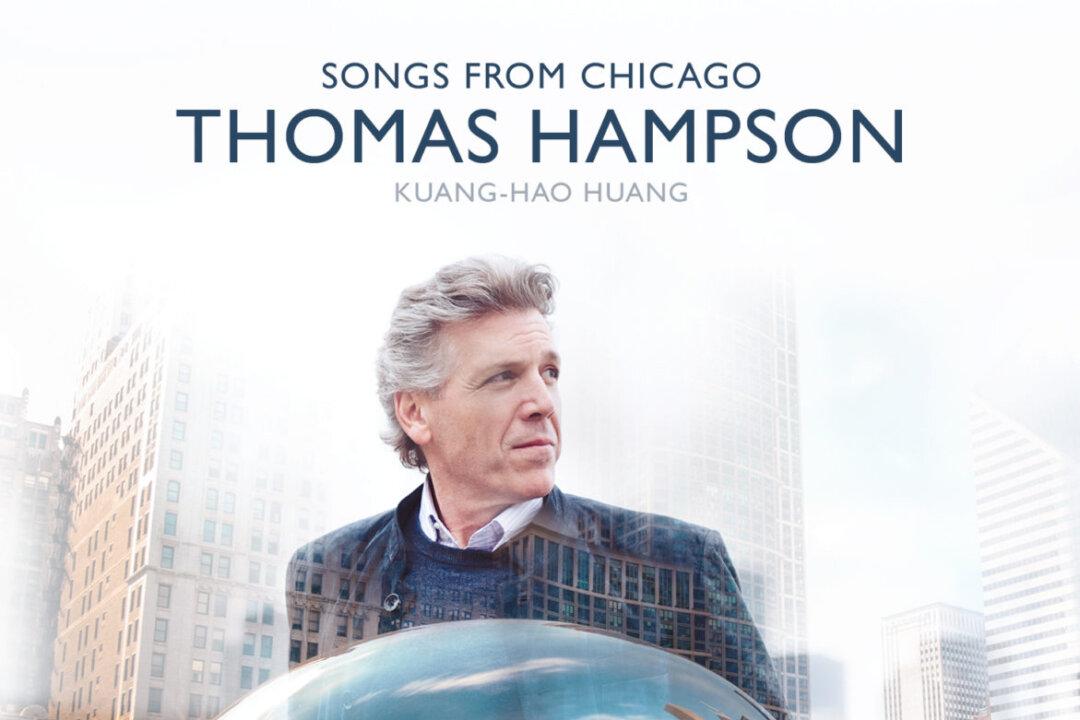NEW YORK—Polly Ferman, an accomplished pianist who specializes in music by South American composers, gave an enjoyable and informative concert in the intimate Marc A. Scorca Hall at the National Opera Center.
The concert of “Habaneras, Milongas, Tangos” was designed to celebrate the 100th anniversary of the famous tango “La Cumparsita” by Luis Matos Rodriguez. The composer came from Ferman’s native country of Uruguay.






